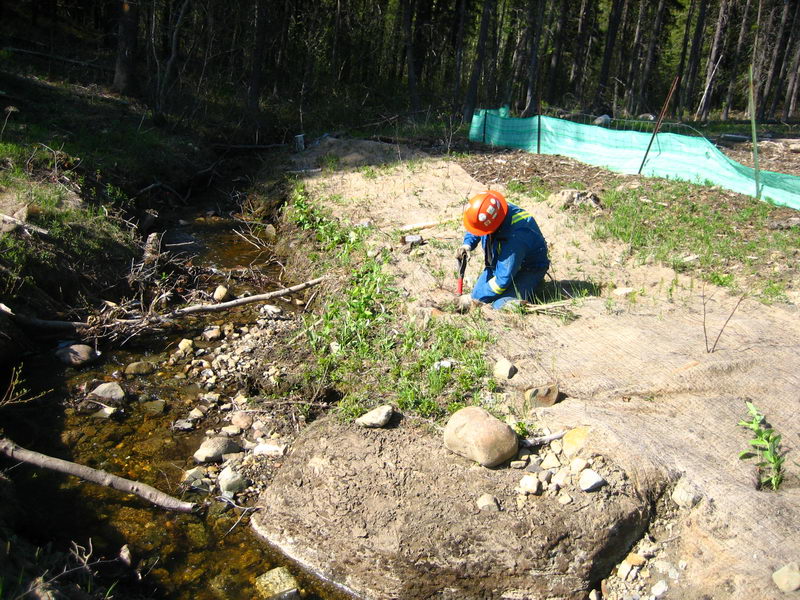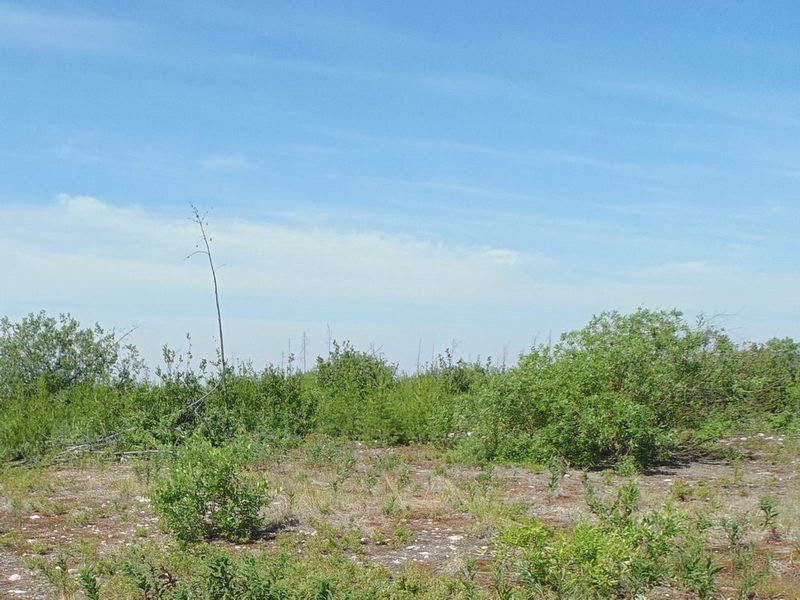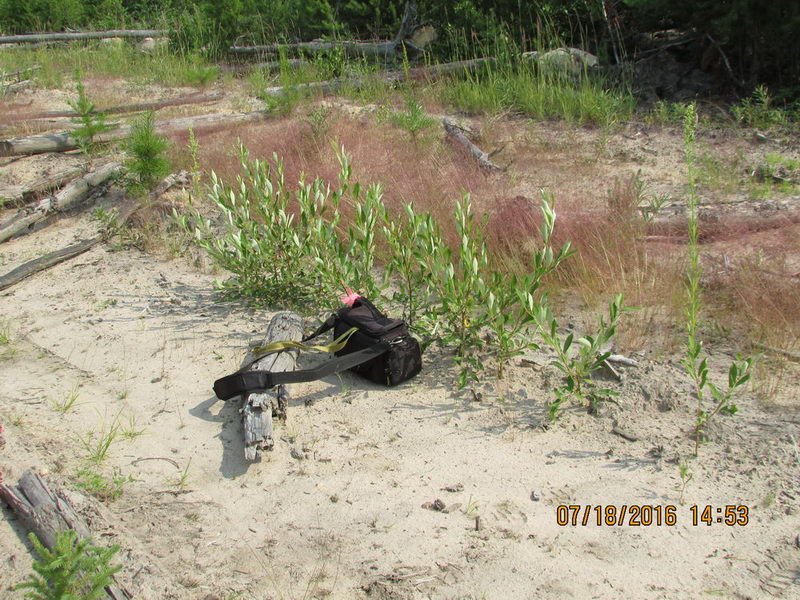Forest Land Reconnaissance – For Caribou Habitat Restoration
Time for a break! Despite the glare of the sun in my eyes on this mild -15°C winter afternoon, this is one forester that is equally savouring the warm sun as much as his favourite Cliff Bar©. A short respite with the sun’s warmth and a snack is a welcome friend after facing the cold -25°C (plus windchill) a few days earlier. It is March 2, 2021, the end of a stretch of bitterly cold weather, and the wrapping up of field reconnaissance for another linear feature (I.e., legacy seismic line) reclamation project.

This forest reclamation project is meant to remedy a persistent line-of-sight condition that exists on many legacy resource exploration lines within the range of the Boreal Woodland Caribou (Rangifer tarandus caribou). Why is that a problem? Well, the open exploration lines, frequently defined by long stretches of unimpeded lines-of-sight that remain open, sometimes for several decades after their development, act as travel corridors for the caribou and its primary predators, the wolf (Canis lupus) and black bear (Ursus americanus). Consequently, the caribou population has seen a significant decline because of predation (among other reasons)
The solution in this case? Reclamation of legacy seismic line sites, once occupied by native forest, to an equally matching forest ecosystem that restores the natural and contiguous nature of the boreal forest. Viewed as an important step forward in the recovery of the woodland caribou, it is meant to rectify the competitive advantage enjoyed by the predators within their range by levelling the playing field. In this example, the area just to the northeast of Wandering River is targeted to restore approximately 30 km2 of forest
Although another crew working in the area did see a caribou prior to our arrival we did not. However, we did identify a single set of fresh tracks in the snow. So, what is the Reclaimit Ltd. end game? How do we measure success in this project? Simply stated but not easily achieved, by providing the right types of habitat renovations and using a sustainable suite of solutions that will promote the potential of an accelerated ecological restoration. Doing this effectively will establish the potential for a greater number of woodland caribou to call this area home in the winters to come
An update will come after the Summer 2021 project implementation is complete…
More themes remain for me to revisit, and many more new ideas await my discovery as I explore the exciting world of Reclaimit’sforest remediation and reclamation services, and travel across the provinces of Canada and around the world in project-related adventures. Have a question about my blog articles, reclamation services, or have a forestry-related question? Click here to drop me an email!
Did you like this article? You may also like Be Creative and Get Problems Solved




